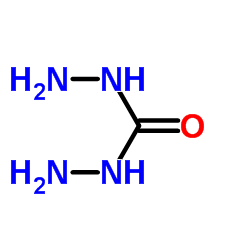| Structure | Name/CAS No. | Articles |
|---|---|---|
 |
phosgene
CAS:75-44-5 |
|
 |
carbohydrazide
CAS:497-18-7 |